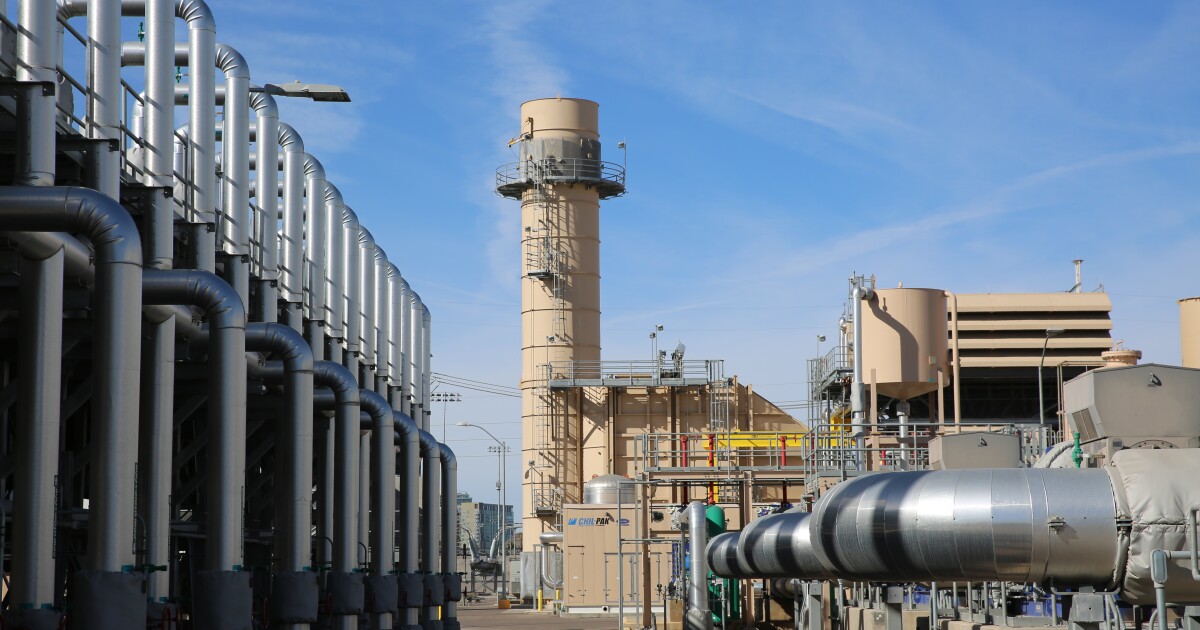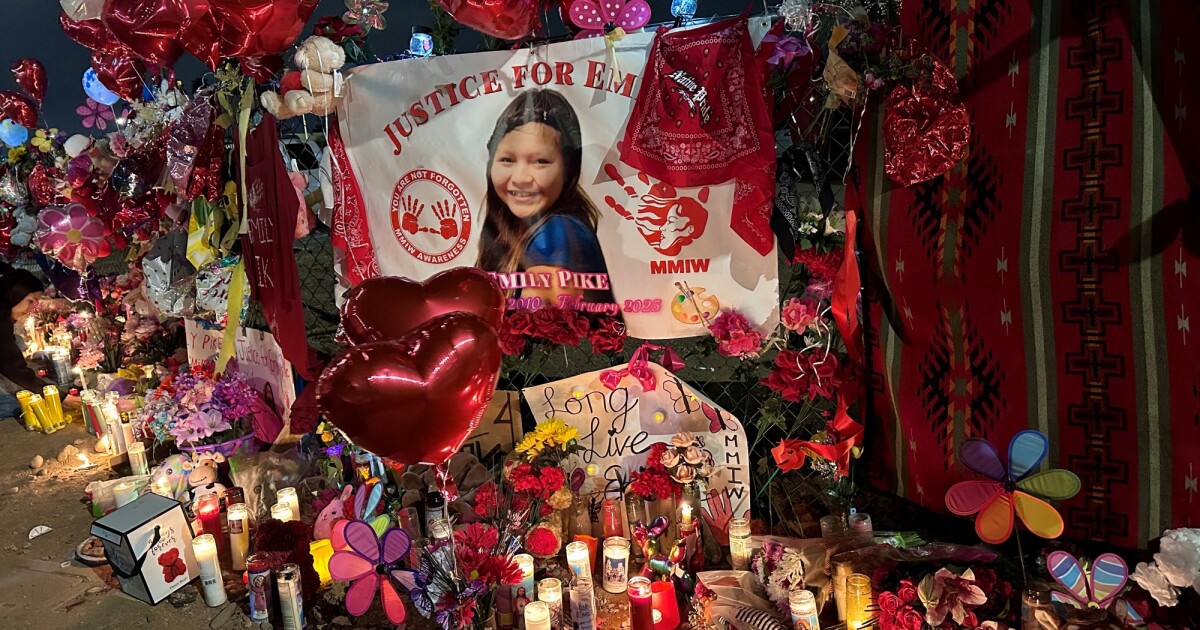In the western United States, two wildfires are currently raging, including a significant one on the North Rim of the Grand Canyon. This fire has escalated into a “megafire” and is generating intense heat, leading to the creation of “fire clouds” that are capable of forming unpredictable weather systems.
In Arizona, a fierce wildfire driven by strong winds has devastated the Grand Canyon Lodge. It is only 9% contained and has incinerated over 164 square miles, making it the largest active fire in the continental U.S. and among Arizona’s top 10 largest recorded fires. The area it covers is comparable to the distance from New York City to Washington, D.C.
Meanwhile, in Monroe, Utah, another large fire has consumed 75 square miles since July 13 and is currently 11% contained, according to officials. On Wednesday, evacuation orders were issued for several towns threatened by the fire, and power outages were reported in other nearby areas due to burned power poles.
Utah Governor Spencer Cox declared a state of emergency on Thursday as the wildfires grew, with plans to visit Monroe on Friday.
‘Fire clouds’ present challenges for firefighters
Pyrocumulus clouds, towering convection clouds, have been observed over Arizona’s fire for seven consecutive days, intensifying the blaze with dry, strong winds, as noted by fire information officer Lisa Jennings. These clouds form when air above the fire becomes extremely hot and rises, creating a massive smoke column. Visible from hundreds of miles away, they resemble anvils.
The more dangerous version, pyrocumulonimbus clouds, can cause rapid winds in various directions, as evidenced by the Utah fire’s smoke column collapsing, explained fire team information officer Jess Clark.
Jennings highlighted the dangers of these clouds, stating, “If they get high enough, they can also create downdrafts, and that’s something we really watch out for because that can quickly spread the fire and can be very dangerous for firefighters who are doing their work on the ground.”
In Utah, fire crews had to retreat on Wednesday due to the unpredictable conditions caused by these clouds. Although firefighters in both Arizona and Utah have gained better control of the fires, containment efforts have been hampered by the fires’ rapid growth.
The National Aeronautics and Space Administration refers to these clouds as the “fire-breathing dragon of clouds.” Recently, such a cloud generated a fire tornado in eastern Utah, with estimated wind speeds reaching 122 miles (196 kilometers) per hour.
Derek Mallia, an atmospheric scientist at the University of Utah, mentioned, “Think of the fire as kind of like a hot-air balloon, so it adds buoyancy and things rise as a result.” He added that climate change might lead to more frequent occurrences of these clouds due to extended fire seasons, droughts, and extreme weather.
Dry conditions fuel Grand Canyon ‘megafire’
The Dragon Bravo Fire on the North Rim of Grand Canyon National Park has grown into a megafire, defined as burning at least 156 square miles, approximately half the size of New York City. The fire began on July 4 due to lightning and was initially managed to benefit the landscape.
However, a week later, conditions worsened, prompting a shift to firefighting efforts. Hot, dry, and windy weather pushed the flames toward the Grand Canyon Lodge and surrounding historic cabins, resulting in the destruction of numerous buildings and the closure of the North Rim for the season as hundreds of firefighters worked to gain control.
Thursday marked the eighth consecutive day of extremely dry conditions, reported Jennings. Humidity has been in the single digits, fuel moisture is critically low, and wind gusts could reach 35 miles per hour.
The pyrocumulus clouds have reached heights of at least 25,000 feet, with fire behavior analyst Arthur Gonzales suggesting they could climb higher.
While the wind direction has been consistent, aiding crews in managing the Dragon Bravo Fire, the formation of pyrocumulus clouds introduces unpredictability, often necessitating the withdrawal of firefighters for safety, as Jennings indicated.
Fire prompts power outages in Utah
As firefighters battled the Monroe Canyon Fire on Thursday, hot, dry winds intensified the flames. The fire has destroyed 12 power poles, leaving numerous homes without electricity since Wednesday afternoon.
The National Weather Service issued red flag warnings for significant fire danger across much of central and southwest Utah this week.
In Antimony, Utah, located 54 miles south of Monroe, the town’s 123 residents were without power on Thursday afternoon. Mayor Kasey King coordinated efforts to supply food and necessities at a community center, anticipating a week-long power outage.
Garkane Energy Cooperative, the power company, is working to restore electricity swiftly and has deployed backup generators.
Marnie Reynolds, a resident of Antimony, expressed concern for the town’s elderly population. She has been preparing hot meals with a camp stove and using a generator to help neighbors refrigerate groceries and medications. “We have been facing a lot of challenges, but we have the best community,” she said.
In Richfield, Utah, 10 miles north of Monroe, Lee Stevens described his yard being covered in ash. Although he and his wife, who has asthma, have not been ordered to evacuate, they are preparing for the possibility given the fire’s proximity.
Despite fewer square miles burned this year compared to the average, the National Interagency Fire Center warned on Thursday that many areas remain susceptible to new fires and fast-moving flames.
—
Read More Arizona News










